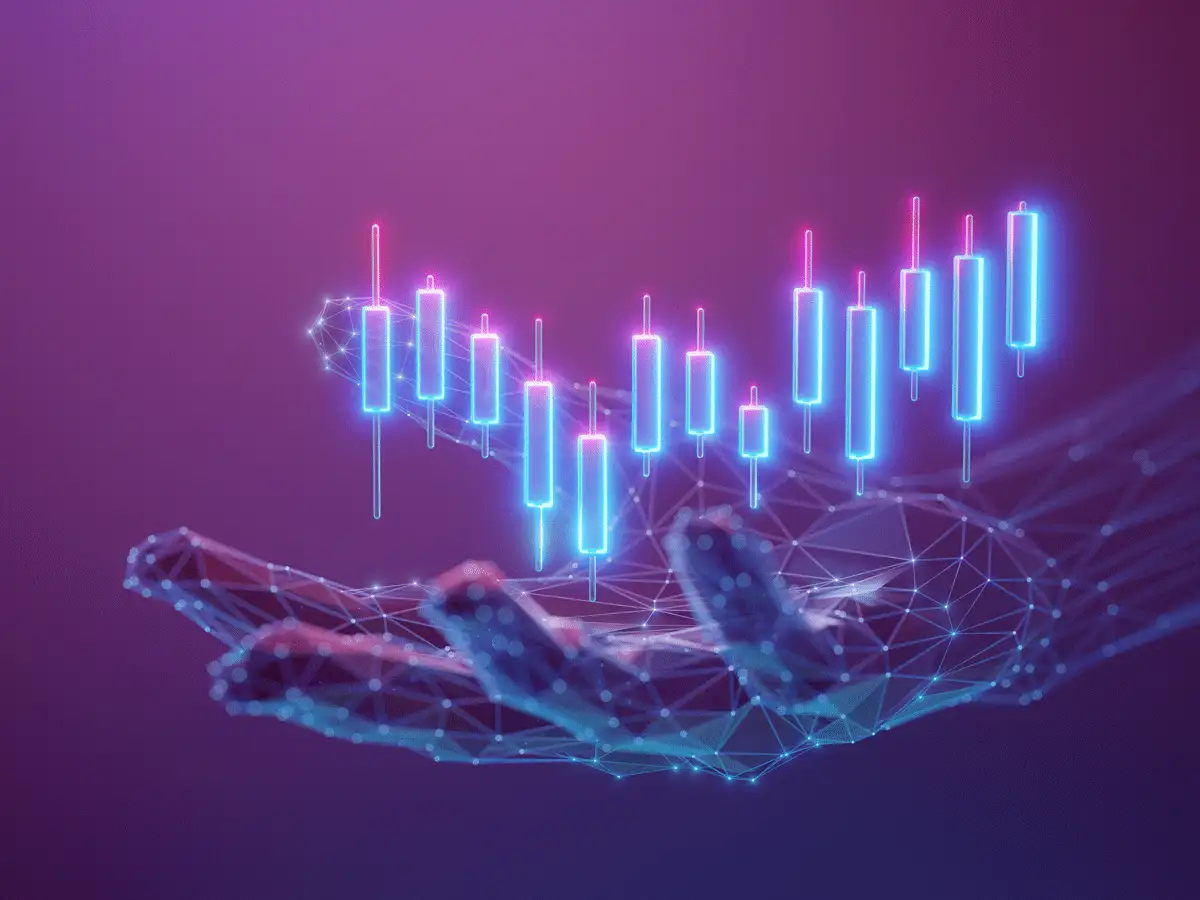[ad_1]
Rise of Automated Trading
The concept of an automated trading system was introduced in 1949 by Richard Donchian who formulated a set of rules to purchase or dispose of funds – autonomously executed trades were based on the completion of specific conditions in the market. However, algo trading became more known in the 1970s when the New York Stock Exchange incorporated the Designated Order Turnaround (DOT) system, which provided a facility for electronically sending orders to the trading floor – the first step towards the use of computers in trading. It was only with the advent of the Internet in the 1990s, though, that it took off.
In the last few years, thanks to the development of technologies, algorithms and access to big data, automated trading is estimated to generate a considerable share of all financial market activity. One of the major advantages of automated trading is that it allows a trader to implement pre-programmed instructions, based on factors like timing, price, and quantity, for trading. And the risk management is also disciplined in automated trading, unlike in manual trading where traders do get emotional with their trades and do not square off timely, leading to potentially larger losses. The algorithms can also monitor markets round the clock and in real-time, responding to any changes, as well as executing trades at high speeds.
Additionally, today, such technology is not only available to institutional investors but retail traders too. Also, due to the various user-friendly trading platforms, the need to know coding languages no longer exists – today any user can create a trading algorithm without having high programming skills. AI is making it even further simpler and intelligent.
Reducing the Need for Manual Intervention
When trading manually, a trader is required to remain focused at all times. A trader has to open and follow several charts, assess the state of the market and be ready to make a trade whenever the conditions permit. This can also take a lot of time and effort, not to mention that mistakes can happen. Fortunately, automated trading helps in eliminating most of these difficulties.
For example, a trader can design an algorithm to purchase stock when its price reaches a certain low threshold and to sell it once the price hits a higher preset level. Once done, the trader can continue other daily activities without the need to stress over the changes in the markets. The system ensures that the trades are executed without the influence of impulsive decisions.
Additionally, automation also improves accuracy. Irrespective of how experienced a trader is, he or she may make mistakes in high-pressure environments. Computers do not possess such problems and, so, can carry on with the trading process as programmed regardless of the market stimuli.
Optimising Trading Strategies
Conducting a backtest—the process of running a specific trading system using historical market data to evaluate its performance—of algorithms is another plus. Simulations help test a given strategy over a corresponding previous period, thus helping to adjust parameters before venturing into the actual market.
Automated programs also allow the trader to analyse a wider volume of market data quickly. The speed at which this is done is impossible for the human mind. Also, algo trading allows the trader to employ more complex approaches, like arbitrage. Such opportunities, which last only for a very short time, are practically impossible with manual execution but can easily be done with an automated system.
Risk Management in Automated Trading
Effective risk control remains one of the biggest barriers in trading. This is easily solved by automated exchanges as these integrate tools for risk management into their very algorithms. For example, stop-loss orders, which allow trades to provide a selling order to an asset once its price drops to a defined level, thus minimizing potential losses, can be used by traders.
Employing these automated risk-handling measures, traders can guard themselves against huge losses, especially the high volatility periods, when markets can move sharply in either direction. While not all risks can be removed with the use of automated trading systems, these systems surely help in reducing the chances of loss due to emotional bias as well as sudden market fluctuations.
Future of Automated Trading
With the advancements in technology, automated trading seems to have a promising future. Slowly we are witnessing the integration of artificial intelligence and machine learning into trading algorithms. These technologies assist in detecting trends, enhancing tactics, and making more realistic forecasts in real-time.
Moreover, cloud-based services allow traders to run sophisticated algorithms and process vast amounts of data in real-time without the need to spend on expensive hardware, while blockchain technology provides a secured and tamper-proof record of trades to mitigate the risks of fraud and manipulation. It enhances data integrity with real time, transparent access, hence enabling algorithmic predictions to be more precise. There are also smart contracts that speed up trade execution and decrease the number of intermediaries.
Automated trading, indeed, represents the future of financial markets. According to the data provided by the Association of National Exchanges Members of India (ANMI), nearly 55 per cent of the total trading volumes observed in India are attributed to the execution of trading algorithms or computer programs. As algo trading becomes more advanced, with the advent of newer tools, we will surely keep trading smarter and accessible to all.
[ad_2]
Source link



